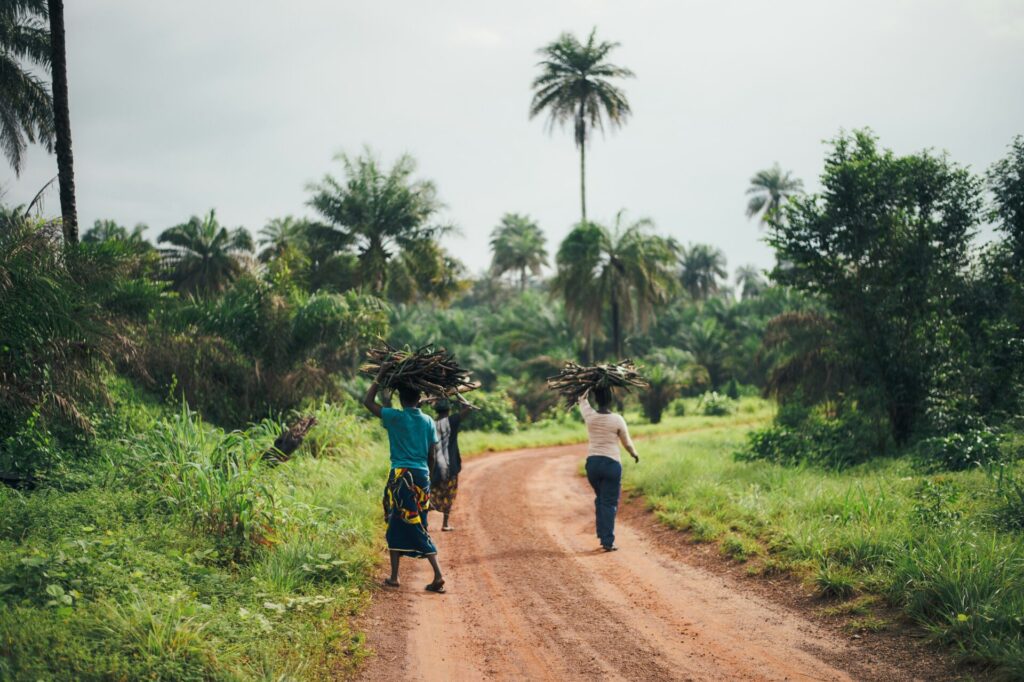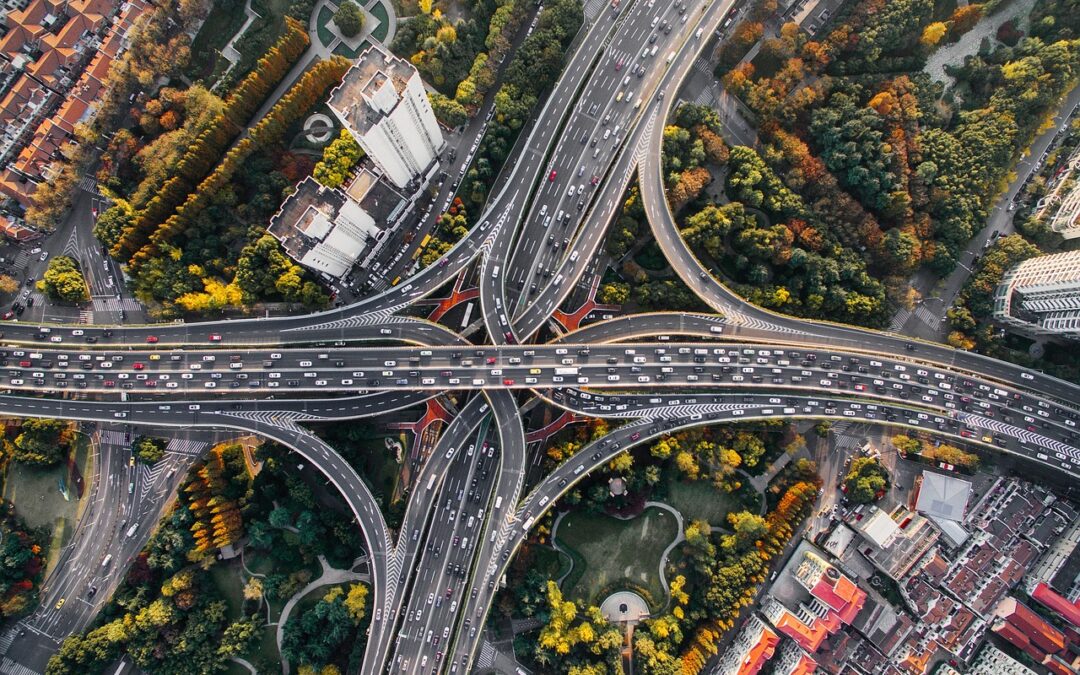The story of Africa’s sustainable development is a promising plot that has failed to live up to expectations. The importance of infrastructure to social and economic development is clear-cut. Infrastructure is a key enabler of economic activities and productivity in any given country or system. This is not far-fetched – industries will ground to a halt without power supply, farmers and traders require an effective transportation system to move agricultural produce and goods from one place to another, and businesses regardless of size need reliable internet to operate in an increasingly technology-driven world. All of these only point to one thing – we are not going to grow African economies without the supporting infrastructure to boost and maintain economic activities.
Despite the glaring importance of infrastructure development to economic growth and development, Africa trails behind the rest of the world with respect to quantity and quality of infrastructure. In 2011, the African Development Bank (AfDB) evaluated Africa’s infrastructure to be the most deficient and costly in the developing world. To simplify, amongst the developing regions of the world, Africa ranks the lowest and poorest in infrastructure. On a comparative basis, other developing regions, in particular, Asia with comparable levels of economic growth, output and size, outperform Africa. Now, there are schools of thought that reject the comparative approach to development which suggests that African infrastructure should develop at its own pace without benchmarking its progress or performance on other countries or regions of the world. However, it is fair to say that even where there are apparent similarities, Africa has been observed to stagger. Nevertheless, this article’s objective is not to support any development idea rather, to point out a gap, a deficit in the continent’s infrastructure development.
The World Bank estimates that the poor state of infrastructure in Africa limits economic growth by 2% and cuts productivity by up to 40% every year. What this means in simple terms is that the economy is growing slower than it can – it could grow at a faster pace with adequate infrastructure. It is therefore undeniable that improving the stock (quantity) and value (quality) of infrastructure can chart the course of Africa’s holistic development. Suffice to say, it is not enough to increase the number of infrastructure, it must be built for purpose meeting competitive global standards – quantity must correspond with quality!

Most importantly, people are the lifeblood of any economy. People are at the centre of every economic activity from production to consumption. An infrastructure development agenda that will work for Africa must be one that works for its people. This means prioritising wellbeing and standard of living vis-a-vis human capital development (especially the health and education of African people). Isn’t it interesting that the same continent ranking low on infrastructure development also ranks averagely low on the Human Development Index? From epileptic power supply to death traps for roads, the infrastructure gap in Africa is a daily lived experience especially in sub-Saharan Africa where only about 45% of the population has access to electricity, that is, about 600 million people do not have access to electricity. Keeping this in mind, infrastructure policies, plans, and projects must revolve around building to unleash and maximise the full potentials of African people who can go on to play active roles in the overall development of their respective economies.
In sum, if we are going to see Africa live up to becoming a regional economic powerhouse, then we are going to need more infrastructure!


Thank you for sharing this! I enjoyed seeing the data, though it paints a sad picture. If we clearly need more infrastructure, why aren’t we quickly on our way to getting it? I think the answer lies within an application of a political economic lens, but I’m curious to hear your thoughts. Also, are you worried about how an infrastructure drive (e.g. for agricultural storage) could lead to loss of indigenous knowledge and practices?
Thank you for reading! The challenges with infrastructure development in Africa are rife and complex. If the development process is consultative, indigenous practices can be preserved.